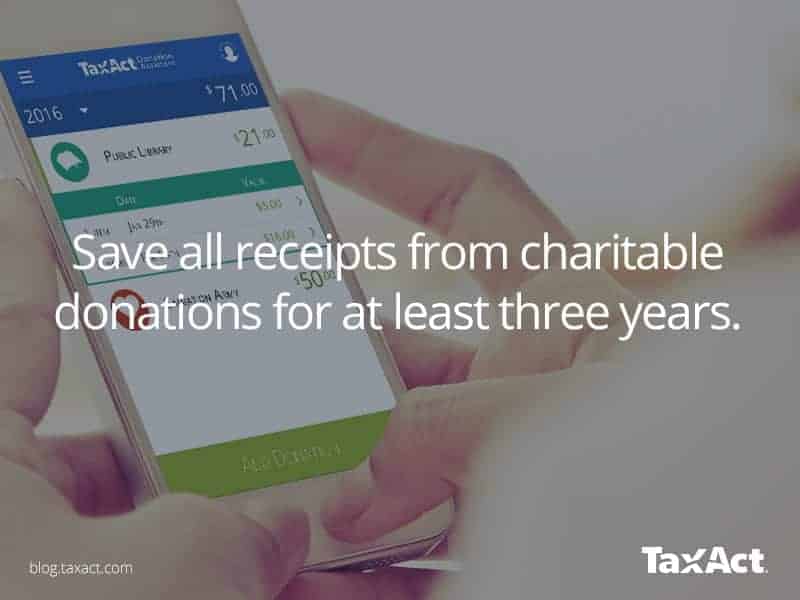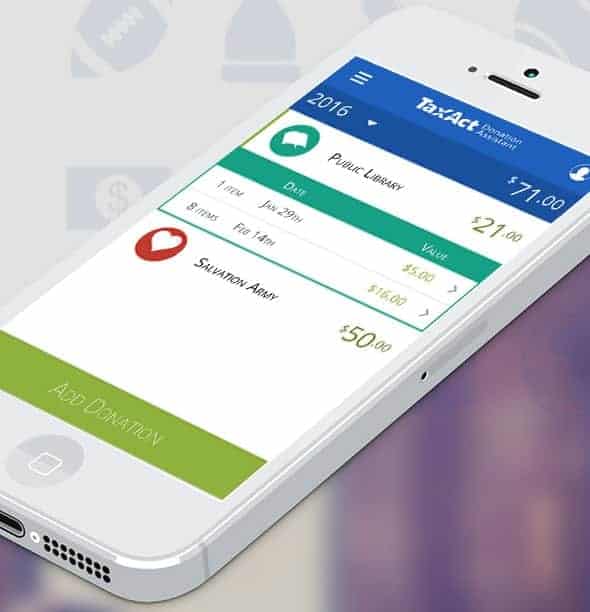How to Maximize Your Tax Deduction for Charitable Contributions


File your taxes with confidence.
Your max tax refund is guaranteed.
Choosing to donate to a charity typically isn’t solely driven by the potential tax break, but the chance to save a few bucks on your taxes as a result is a nice perk. If you itemize deductions on your income tax return, the IRS allows you to write off the cash value of any contributions or donations you make to tax-exempt organizations.
This is an excellent way to lower your taxable income while giving back to your community or supporting an organization you care about.
Tax-exempt organizations, also known as 501(c)(3) charitable organizations, include:
- Religious organizations like churches, synagogues and mosques
- Community organizations like the Boy Scouts of America™, Girl Scouts™ and the Boys and Girls Clubs of America™
- Educational organizations including schools, colleges, museums and zoos
- Charitable organizations like Goodwill® and the United Way™ and Salvation Army ®
- Nonprofit hospitals and medical centers
- Other tax-exempt nonprofit organizations

Generosity is rewarded, but the amount you can deduct is limited.
As a general rule, you can only deduct up to 50% of your adjusted gross income (AGI) as charitable contributions.
For example, if your AGI is $50,000 in 2016, the total value of all of your charitable contributions cannot exceed $25,000.
Tax-deductible charitable contributions come in three different forms: money, property donations and expenses incurred while doing volunteer work.
If you give cash or write a check to a charitable organization, you can generally deduct the full amount of the donation.
However, if you receive something in return for your donation — like a gift card for a free massage — you need to subtract the value of the massage from the value of your donation.
Donations of property are tricky.
For all property donations, the IRS insists you deduct the fair market value of the item. Any property worth more than $250 requires a receipt, and anything over $500 needs to be verified by an appraiser.
If you’re giving away clothing or furniture, the donation value is equal to what you would expect to pay for the item(s) in a thrift store or consignment shop.
To determine the value of cars, boats and planes, consult Kelley Blue Book™ or have the vehicle professionally appraised. Remember to consider the condition of the vehicle when determining its value.
Additionally, if you incur certain expenses while doing volunteer work for a charitable organization, you can deduct those as charitable contributions. For instance, if you use your personal vehicle to deliver canned food to local homeless shelters, you can deduct the mileage. Or, if you purchased poster paper and paint to make signs for your church picnic, those expenses are deductible as long as the church doesn’t reimburse you.
[Click on image or here to view the Donation Assistant by TaxAct infographic]
No matter what you donate, be sure to take photographs of the donation to support your value claim, and save any receipts for at least three years. TaxAct’s Donation Assistant provides a free way to keep track of those receipts. Simply snap a photo of the receipt and save it to the app. At tax time, you can import those receipts and TaxAct will calculate your deduction and complete the applicable tax forms for you. This makes tracking your donations quick and easy throughout the year.







